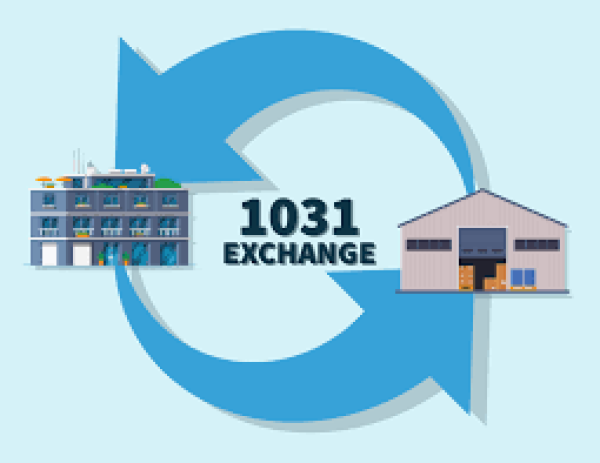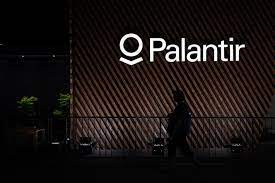As a continuing part of our tax optimization series, we want to add real estate 1031 Exchanges to the mix.
A 1031 exchange, named after Section 1031 of the Internal Revenue Code (IRC), is a tax-deferred exchange that allows real estate investors to sell a property and reinvest the proceeds into a new property without immediate tax consequences. It is an important tool in arsenal of anyone investing in real estate, primarily serving as an investment function and secondarily as a tax deferral strategy.
Here are some key points to remember when leveraging 1031 exchanges:
Like-Kind Property Requirement: The properties involved in the exchange must be of “like-kind,” which generally means they must be of the same nature or character, even if they differ in grade or quality. This can include various types of real estate, such as residential properties, commercial properties, or vacant land.
Identification Rules: Within 45 days of selling the relinquished property, the investor must identify potential replacement properties. There are two common identification rules:
3-Property Rule: The investor can identify up to three replacement properties, regardless of their fair market value.
200% Rule: The investor can identify more than three properties, but the combined fair market value cannot exceed 200% of the relinquished property’s value.
Timing Constraints: The entire exchange process, including the sale of the relinquished property and the acquisition of the replacement property, must be completed within 180 days. This timeframe begins on the closing date of the relinquished property.
Qualified Intermediary (QI): To ensure the tax-deferred status of the exchange, a qualified intermediary must be used. The QI facilitates the exchange, holds the sale proceeds in escrow, and ensures that the taxpayer does not have direct access to the funds.
Equal or Greater Investment: The investor must reinvest all the net proceeds from the sale of the relinquished property and acquire a replacement property or properties of equal or greater value to defer the entire capital gains tax.
Tax Deferral, Not Elimination: While a 1031 exchange provides a powerful tax deferral strategy, it does not eliminate the tax liability. The capital gains tax is deferred until the investor sells the replacement property without engaging in another 1031 exchange.
Personal Property Exclusion: Personal property (e.g., furnishings, equipment) is generally not eligible for a 1031 exchange.
Use by Investors and Businesses: 1031 exchanges are commonly used by real estate investors and businesses seeking to optimize their real estate holdings. It is not available for personal residences.
Consultation with Professionals: Given the complexity of 1031 exchanges and tax regulations, it is advisable to work closely with qualified professionals to ensure compliance with all rules and regulations. If you haven’t listened to the Innovation4Alpha podcast featuring Petra Capital Properties, it’s worth a listen. The firm has decades of real estate investing experience and specializes in helping clients build customized portfolios of cash streaming assets from their previously illiquid real estate holdings.
A 1031 exchange, named after Section 1031 of the Internal Revenue Code (IRC), is a tax-deferred exchange that allows real estate investors to sell a property and reinvest the proceeds into a new property without immediate tax consequences. It is an important tool in arsenal of anyone investing in real estate, primarily serving as an investment function and secondarily as a tax deferral strategy.
Here are some key points to remember when leveraging 1031 exchanges:
Like-Kind Property Requirement: The properties involved in the exchange must be of “like-kind,” which generally means they must be of the same nature or character, even if they differ in grade or quality. This can include various types of real estate, such as residential properties, commercial properties, or vacant land.
Identification Rules: Within 45 days of selling the relinquished property, the investor must identify potential replacement properties. There are two common identification rules:
3-Property Rule: The investor can identify up to three replacement properties, regardless of their fair market value.
200% Rule: The investor can identify more than three properties, but the combined fair market value cannot exceed 200% of the relinquished property’s value.
Timing Constraints: The entire exchange process, including the sale of the relinquished property and the acquisition of the replacement property, must be completed within 180 days. This timeframe begins on the closing date of the relinquished property.
Qualified Intermediary (QI): To ensure the tax-deferred status of the exchange, a qualified intermediary must be used. The QI facilitates the exchange, holds the sale proceeds in escrow, and ensures that the taxpayer does not have direct access to the funds.
Equal or Greater Investment: The investor must reinvest all the net proceeds from the sale of the relinquished property and acquire a replacement property or properties of equal or greater value to defer the entire capital gains tax.
Tax Deferral, Not Elimination: While a 1031 exchange provides a powerful tax deferral strategy, it does not eliminate the tax liability. The capital gains tax is deferred until the investor sells the replacement property without engaging in another 1031 exchange.
Personal Property Exclusion: Personal property (e.g., furnishings, equipment) is generally not eligible for a 1031 exchange.
Use by Investors and Businesses: 1031 exchanges are commonly used by real estate investors and businesses seeking to optimize their real estate holdings. It is not available for personal residences.
Consultation with Professionals: Given the complexity of 1031 exchanges and tax regulations, it is advisable to work closely with qualified professionals to ensure compliance with all rules and regulations. If you haven’t listened to the Innovation4Alpha podcast featuring Petra Capital Properties, it’s worth a listen. The firm has decades of real estate investing experience and specializes in helping clients build customized portfolios of cash streaming assets from their previously illiquid real estate holdings.



